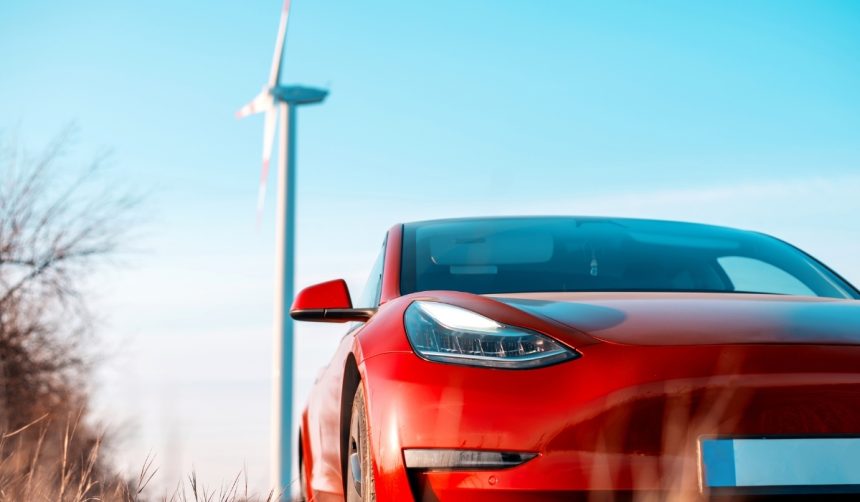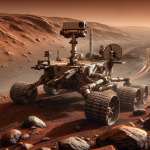Driverless vehicles have begun to turn heads in Austin, Texas, drawing curiosity from both locals and technology enthusiasts. Tesla’s Robotaxi fleet, featuring Model Y cars adorned with special decals, now navigates public roads, marking a milestone in the development of autonomous transport. The initiative reflects a broader push for automated mobility, with Austin serving as a focal point for early adoption and real-world trials. Reports suggest local officials and residents are beginning to prepare for a new era of urban transportation, while safety and regulatory frameworks are rapidly evolving to accommodate these advances.
Earlier announcements projected that Tesla’s driverless vehicles would integrate into public streets, yet real-world sightings were rare, with primarily closed-course demonstrations or limited pilot programs dominating headlines. In contrast, Waymo and Cruise garnered attention by deploying visible LIDAR-equipped vehicles for their initiatives, often creating clear identifiers for the public. Information from prior months documented a lower frequency of autonomous vehicle activity in Austin, with only scattered reports of testing, compared to the recent steady rise in daily sightings of Tesla’s Model Y Robotaxis.
What distinguishes Tesla’s Robotaxi vehicles on the road?
Tesla’s Robotaxi program uses converted Model Y vehicles, noteworthy for lacking rooftop LIDAR sensors common to competitors such as Waymo. Instead, Tesla relies on an advanced camera-based system for navigation and decision-making. To help the public and safety officials identify these driverless vehicles, Tesla has added distinct decals to the car doors. A unique feature of the current test fleet is the use of a white interior, allowing observers to clearly see the absence of a driver in the front seat. This visual indicator, combined with real-time social media updates, has contributed to greater public awareness of these vehicles in Austin.
How does Tesla address safety and regulations?
Safety considerations remain at the forefront as Tesla moves towards a public launch of its Robotaxi service. The National Highway Traffic Safety Administration (NHTSA) is currently streamlining regulatory pathways, providing exemptions that facilitate the legal operation of autonomous vehicles on public roads. Such accommodations are seen as key for large-scale pilots and eventual commercial services. According to Tesla, “safety is the top priority before offering driverless rides to the public.”
Tesla is prioritizing safety ahead of offering public rides.
Regulatory processes have already begun in multiple regions, with California also in Tesla’s sights for future deployments.
What are the broader implications for autonomous mobility?
The expansion of Tesla’s Robotaxi fleet signals a significant commitment to autonomous mobility in urban environments. Austin’s experience is likely to impact similar initiatives in other cities, especially as the technology gains practical validation. The presence of these vehicles on public roads has prompted renewed discussion about the readiness of infrastructure, public perceptions of safety, and the interplay between private innovation and government oversight. As more autonomous vehicles become visible, questions are surfacing about the operational boundaries and long-term sustainability of such services.
Tesla’s Robotaxi strategy in Austin offers a notable example of how a major automotive brand is pursuing autonomous ride-hailing solutions by integrating key regulatory advances and innovative identification methods. While rivals in the field emphasize different sensor suites and branding messages, Tesla’s deliberate focus on camera-based systems and enhanced vehicle markings demonstrates a distinct path. For readers interested in the future of urban transportation, the developments in Austin provide insight into the regulatory, technological, and societal factors at play. Monitoring ongoing test runs and regulatory changes informs public understanding of self-driving vehicle deployment. If you are in Austin, awareness of the new road-sharing reality will be increasingly important. As autonomous fleets expand elsewhere, staying informed about local policy and technological updates can help citizens and business leaders anticipate new patterns in mobility and urban life.
- Tesla Robotaxis now appear frequently on Austin’s public roads.
- Distinct markings and white interiors help observers identify driverless vehicles.
- Regulatory progress supports further autonomous vehicle testing and deployment.










